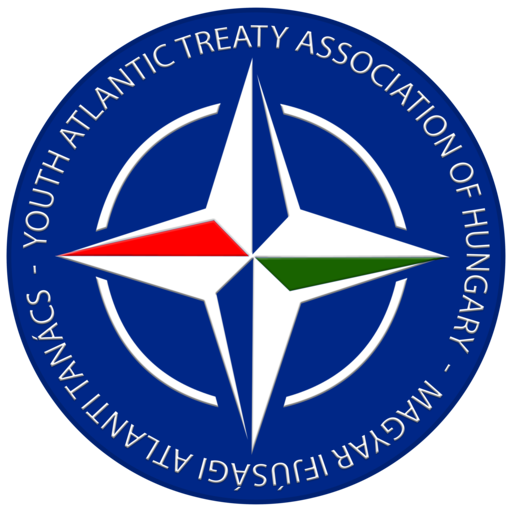I do not really remember, when was the last the time, I did not have valuable knowledge of an international topic and started a book without previous experience. However, by the time I finished this book, I did not only know a segment, but I managed to understand its current role in international relations.
David Shambaugh is a recognised researcher who has been an expert of China and Southeast Asia for several decades. He put three years’ work into the book, which is largely based on his own experiences and field research. The book itself is 337 pages long, but it is important to emphasise that it is tantamount to a South-East Asian lexicon. It empirically explains the role and history of the ten ASEAN countries, as well as their positions between the two great powers – China and the United States. This paper is like a very informative history book, which has been written in an easily understandable style with the author’s own images and data. It can be considered as a basic workpiece on the subject.
The starting point of the book is the well-known, all-encompassing “war” of China and the US. The whole world can be said to be the scene of this economic, political and ideological competition, but due to historical relations, Southeast Asia is the most interesting point of all. The region includes ten countries that are groped together in the ASEAN organisation. The author provides an excellent analysis of the historical past and shows us why these countries have been trying to remain independent since the end of colonialism. Throughout the book, the author many times points out, that the remembrance of colonialization and subjugation by great powers is still very much alive in the memory of those who live there.
The writer does not describe other conflicts and their evolution in the world between China and the United States, the book only focuses on Southeast Asia. China expands at a strong pace, especially economically, and the first wave of its effects primarily impacts this region. Beijing must look back a little bit to the past to find the patterns and reason, based on which it claims the right over the influence of the area. Since the rise of China, these affected countries have increasingly begun to take a clear stand for Beijing. Shambaugh believes that the Asian equivalent of the tributary system starts to re-establish in these states. He believes that China reaches its goals partly through its diasporas, open diplomacy and the economic pressure.
It is very interesting as the author empirically analyses the projects of the Belt and Road Initiative (BRI). Besides, we get an introduction to the incomprehensible deficits and loans, which often lead to national dissatisfaction like in Myanmar, and increase the social fear from China. China is strong and formidable, but depending on it may be more frightening. In the book there are many obvious but rarely mentioned facts about incidents when countries did not dare to represent their interests because they were afraid of Chinese reflection. For me, the most thought-provoking was the Uyghur question and the passivity of Indonesia.
Of course, after reading the book we will see that China’s weakness is precisely the pursuit of this forced margin as it does not consider the interests of the given country, which can even be counterproductive in the long term.
From the book, we can find out that there is no need to be afraid of America’s fall in the area. It maintains close military relations with most countries. China still lags behind in this regard, as well as in the proportion of direct investments and aid. Former US President Barack Obama’s Pacific vision was relatively able to offset the Chinese influence. However, on the other hand it became more intense. Overall, the Trump administration and, from a farther perspective, the US does not acknowledge the region in its weight, which serves Chinese interests. Personally, I was surprised that there was no American ambassador under the Trump era in Singapore for three years.
Shambaugh does not state it in his writing, but it is clear from the data shown, that Washington still has an advantage over China. He may not invest in railroads and dams along the Mekong Delta, but it remains the possessor to both pop culture and security. Unfortunately, this is not noticed by the locals. To change it, China should increase its propaganda activity.
If Washington is able to offer an alternative, without expecting a commitment in return; expands its interests more in the region; exploits its comparative advantages; and visits more often the Southeast Asian countries, it can certainly “win” the power competition against Beijing.
